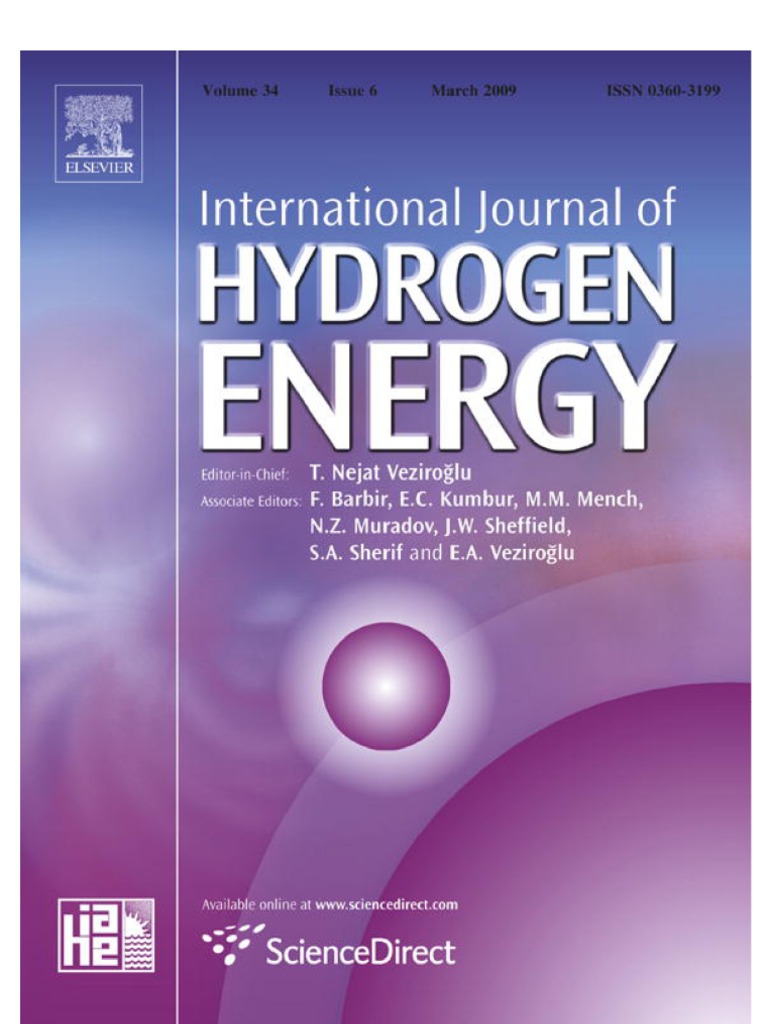Potential opportunities and impacts of a hydrogen economy for the Australian minerals industry
The hydrogen economy is one of the key areas of interest for the reduction of societal greenhouse gas emissions. However, the potential for impact of hydrogen technologies in the transition to a hydrogen economy will vary across the different industrial sectors depending on the source and usage of current energy sources. This paper presents a broad examination of hydrogen economy opportunities and impacts for the minerals industry in Australia. The usage of hydrogen and fuel cell technology in the mining and metals production sub-sectors has differing potential as metallurgical and heavy-duty mobile energy consumption may not be feasibly substituted with hydrogen. This examination indicates a potential of 12-13% reduction in primary energy usage by the minerals industry, with a resulting reduction in greenhouse gas emissions of 9-12% without carbon capture and storage (CCS), or 53-60% reduction with CCS. Other impacts on the industry may include an increased demand for minerals to produce fuel cells, catalysts and infrastructure. Minimal local reserves of platinum group metals are likely to be the limiting capacity factor.
Publisher: International Journal of Hydrogen Energy
Type: Article
CITATION
McLellan, Benjamin C. (2009) Potential opportunities and impacts of a hydrogen economy for the Australian minerals industry. International Journal of Hydrogen Energy, 34 9: 3571-3577.

